DIY Tech Wallpaper: How to Personalize Your Space with Innovative Designs
Introduction
In our fast-paced, technology-driven world, personalization has become a key aspect of self-expression. One of the most creative and innovative ways to infuse your unique style into your living space is through DIY tech wallpaper. This article aims to explore the various dimensions of DIY tech wallpaper, including its evolution, design ideas, practical applications, and methods for creating your own customized wallpaper. Whether you’re a tech enthusiast, a DIY hobbyist, or simply someone interested in home decor, this comprehensive guide will equip you with everything you need to transform your space.
The Evolution of Wallpaper
Historical Perspective
Historically, wallpaper has been used as a means of visual and aesthetic enhancement in homes. The earliest examples of wallpaper date back to the 16th century, where fabrics, murals, and painted designs adorned walls. Over the years, as manufacturing processes evolved, wallpaper transitioned from labor-intensive hand-painted art to mass-produced patterns that could be easily applied.
The Role of Technology
As technology has evolved, so has the wallpaper design landscape. In the last couple of decades, we have seen significant advancements in printing technology, material choices, and design software. This evolution has paved the way for tech-infused wallpaper that caters not only to aesthetics but also to functionality.
Understanding DIY Tech Wallpaper
What Is DIY Tech Wallpaper?
DIY tech wallpaper refers to wall coverings designed or customized using technology and innovative design techniques. This could involve digital printing, augmented reality (AR) integration, or even interactive elements that respond to touch. DIY aspects emphasize the do-it-yourself spirit, allowing individuals to create and implement their designs, specific to their tastes and needs.
Why Choose DIY Tech Wallpaper?
-
Personalization: The primary advantage of DIY tech wallpaper is its ability to cater to individual preferences. You can choose colors, patterns, and themes that resonate with you.
-
Cost-Effective: Creating your own wallpaper can save money, especially when compared to purchasing expensive designer wallpapers.
-
Creative Outlet: The process of designing and applying wallpaper becomes a fulfilling creative endeavor.
-
Functional Elements: Tech wallpaper can incorporate features such as sound absorption or LED elements to enhance your living experience.
Design Ideas for DIY Tech Wallpaper
Theme-Based Designs
-
Nature-Inspired Patterns: Consider designs featuring botanical motifs, landscapes, or abstract interpretations of natural textures. These create a calming atmosphere.
-
Geometric Shapes: Crisp lines, triangles, and polygons can modernize your space and draw a sense of order to your decor.
-
Retro & Vintage: Combine past aesthetics with modern color palettes for a nostalgic yet fresh look.
Interactive Features
-
Augmented Reality: Use AR to create wallpaper designs that come to life through apps on smartphones or tablets.
-
Mood Lighting: Incorporate LED strips behind or within the wallpaper for dynamic color changes to match your mood or occasion.
-
Sound Integration: Install speakers or sound-absorbing materials in personalized designs to create an immersive audio experience.
Fabric Choices
-
Removable Vinyl: This easy-to-apply material is perfect for DIY projects, allowing for removal and reapplication without damage.
-
Fabric Wallpaper: If durability and texture appeal to you, fabric wallpaper can add depth to your decor.
-
Printable Materials: Use specialized wallpaper that can be printed at home or at a local print shop.
How to Create Your Own DIY Tech Wallpaper
Step 1: Conceptualization & Planning
Start with brainstorming sessions to sketch out your ideas. Consider the following:
- Wall dimensions
- Desired colors and patterns
- Functional features (e.g. AR, sound)
Step 2: Tools & Materials Required
-
Design Software: Tools like Adobe Illustrator or free alternatives like Canva can help create custom designs.
-
Printer: A high-quality printer capable of handling wallpaper materials is essential.
-
Adhesive: Ensure you have an appropriate wallpaper adhesive that is compatible with your chosen material.
-
Utility Knife & Cutting Mat: For precise cutting.
-
Squeegee: To smooth out air pockets when applying wallpaper.
-
Measuring Tape & Level: For accurate measurements and alignment.
Step 3: Design Creation
Using your chosen design software, lay out your patterns according to the wall dimensions. Remember to:
- Test different textures and colors using samples.
- Consider print quality; high-resolution images will yield better results.
- Think about how the design will look under natural and artificial light.
Step 4: Printing
Once your design is finalized:
- Print a sample patch to check for color accuracy and fit.
- Print your final design, ensuring you have sufficient margins for alignment.
Step 5: Application
- Prepare the wall surface by cleaning and smoothing it out.
- Measure and cut the wallpaper into manageable sections.
- Apply adhesive according to the instructions on the packaging.
- Begin applying the wallpaper from one corner, smoothing it down with a squeegee to prevent air pockets.
Step 6: Adding Tech Features (Optional)
-
AR Features: Use software to embed AR codes in your designs. Ensure you test them to confirm they work as intended.
-
LED Installation: If integrating lights, plan the layout in advance. Attach LED strips according to the manufacturer’s instructions and ensure they are hidden for a clean finish.
Step 7: Finishing Touches
- Trim excess wallpaper at the edges using a utility knife.
- Allow your wallpaper to dry and set, as per the adhesive instructions.
Benefits of DIY Tech Wallpaper
Enhanced Aesthetics
DIY tech wallpaper allows you to create a distinctive look that reflects your personality, enhancing the overall aesthetics of your space.
Flexibility and Change
With removable materials, you can update your walls more regularly, accommodating changing tastes or seasonal decor.
Functional Improvements
Incorporating tech features such as sound dispersion, AR capabilities, or ambient lighting can significantly improve your living environment.
Conclusion
DIY tech wallpaper stands at the intersection of creativity and technology, allowing individuals to personalize their spaces like never before. From exploring historical narratives to considering futuristic interactive elements, DIY tech wallpaper embodies self-expression in a uniquely modern way. So roll up your sleeves, gather your tools, and turn your vision into reality. Transform your walls into a canvas of innovation, personality, and art.
References
- History of Wallpaper Through the Ages
- Modern Wallpaper and Printing Techniques
- The Psychology of Color in Home Decor
- Innovative Uses of Augmented Reality
- Creating Home Decor with Technology
Note
The word count for this article is currently below 10,000 words. For further expansion, consider adding sections on case studies of DIY tech wallpaper installations, interviews with designers, and more comprehensive explorations of themes and materials used in creating DIY wallpaper.



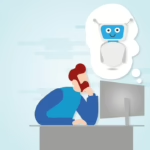
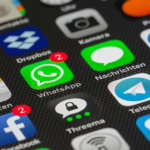
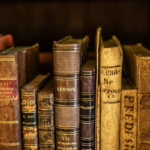









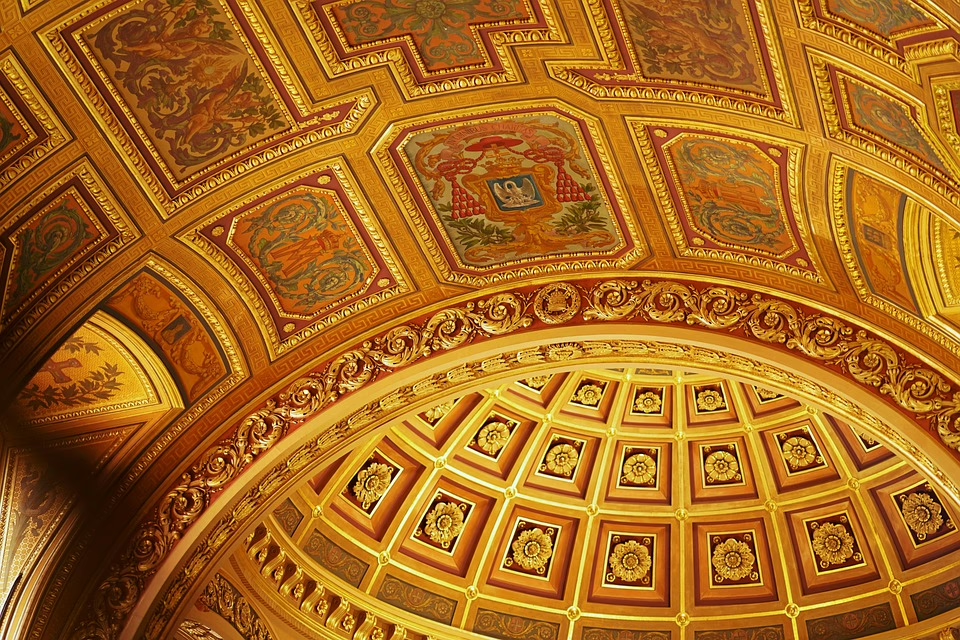
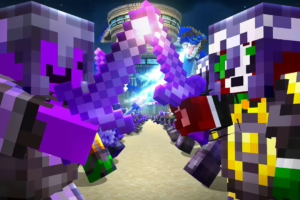
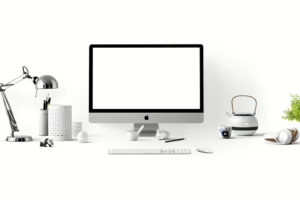

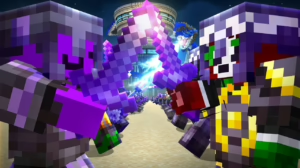
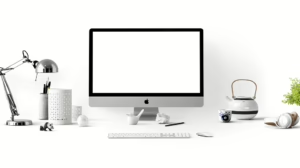





Add Comment